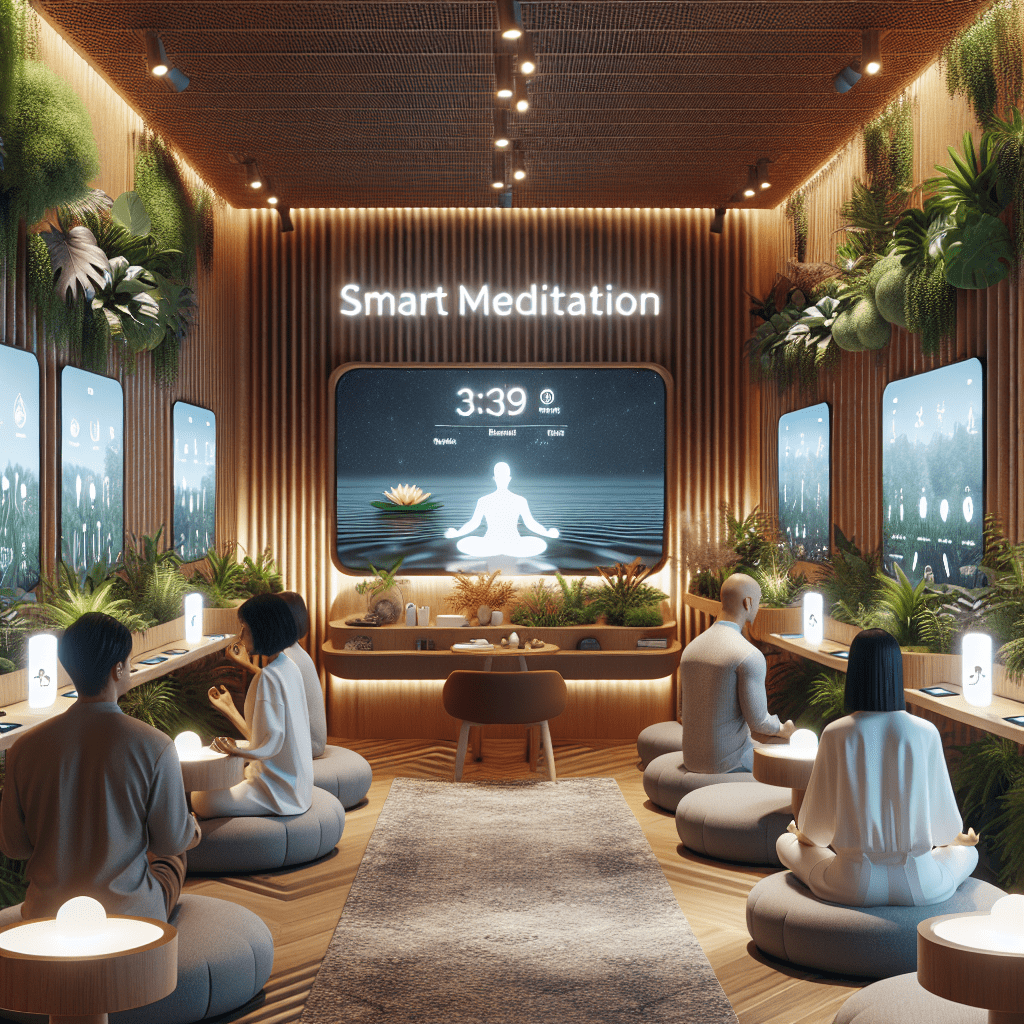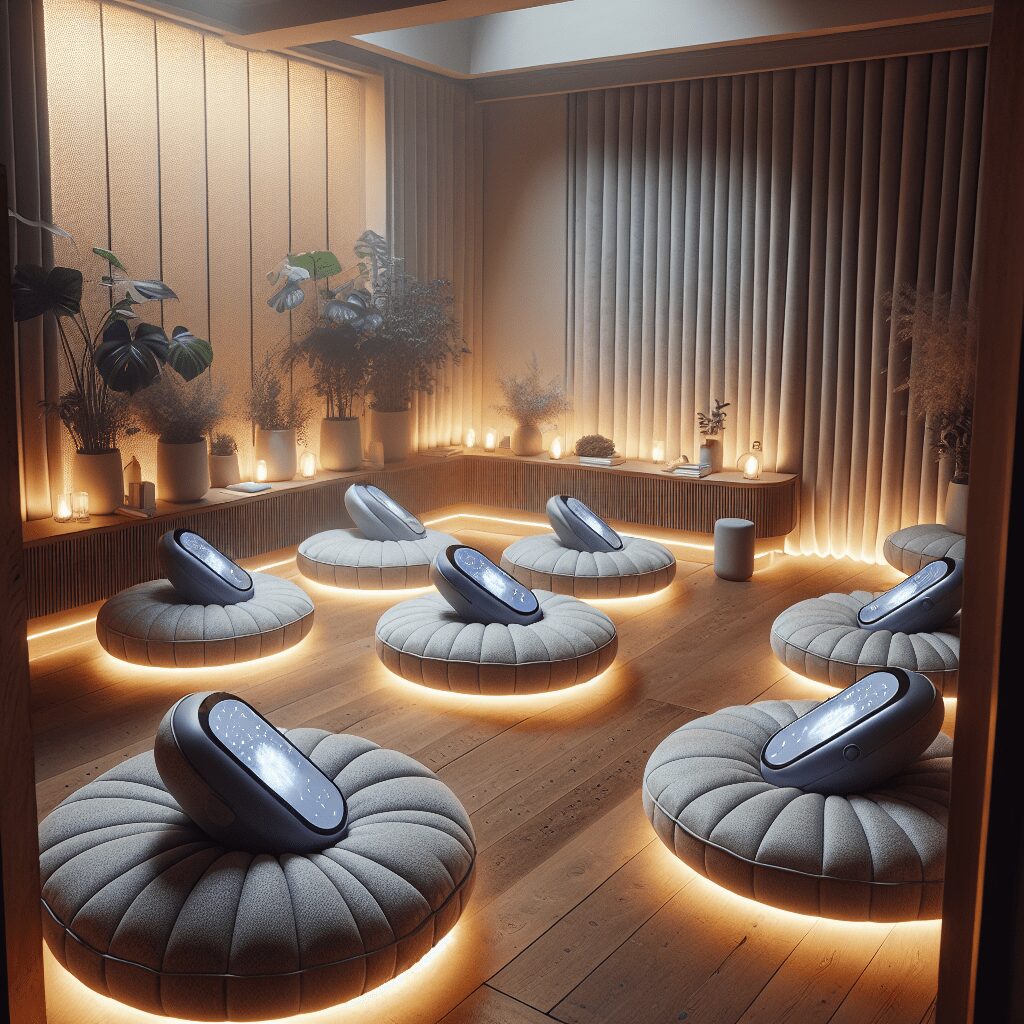
Prioritize your mental well-being daily. Enhance your life by nurturing your mental health with the Smart Meditation app. Break free from stress, alleviate anxiety, and enhance your sleep quality starting today.
What Should A Nurse Teach A Patient About The Use Of Benzodiazepine To Treat Sleep Problems?
Unlocking Better Sleep: The Benzodiazepine Guide for Patients
In the whirlwind of modern life, a good night’s sleep can sometimes feel like a luxury item—coveted yet elusive. For those who find themselves tossing and turning, thinking about sheep jumping over a fence, or counting the minutes until dawn, benzodiazepines might come into the conversation. These medications can be a godsend, but like any prescription, they come with their own operating manual. As healthcare professionals, especially nurses, it’s our job to equip patients with the knowledge they need to use these tools effectively and safely.
A Deep Dive into Benzodiazepines
First off, what’s the deal with benzodiazepines, or “benzos,” as they’re casually known? They’re a class of drugs primarily used for treating anxiety, but they’re also champion sleep promoters. However, here’s the kicker: they haven’t been cast in the role of a long-term solution. Think of benzos more as a guest star in your sleep health journey, not the main character.
Now, if you’re about to embark on this journey, here’s a handy guide to keep in your back pocket:
-
Start with the Basics: Sure, understanding the molecular structure of benzodiazepines is cool and all, but let’s focus on what matters: how it affects your ZZZs. Your doctor might prescribe a specific type based on your unique sleep disturbances, so make sure you’re on the same page about your bedtime woes.
-
Dosage Dos and Don’ts: If there’s one thing you don’t want to wing, it’s the dosage. More isn’t always merrier. Stick to the script—literally. Your healthcare provider knows their stuff, prescribing the smallest effective dose to reduce the risk of side effects and dependency.
-
Timing is Everything: Take your medication as directed, usually just before bed. Steering clear of operating heavy machinery isn’t just a running gag in medicine commercials—it’s sound advice. Since benzos can make you drowsy, driving or attempting to solve the world’s problems post-dosage is a no-go.
-
Short-term Friendships: Consider benzodiazepines the friends you hang out with for a fun weekend, not lifelong companions. Long-term use can lead to dependency and a laundry list of side effects. The goal is to use them for the shortest duration necessary while exploring other sustainable sleep hygiene practices.
-
Exit Strategy: Gradually reducing your dosage according to your healthcare provider’s guidance makes saying goodbye easier. This process, known as tapering, helps your body adjust without causing withdrawal symptoms.
Beyond the Benzo Bubble
While benzodiazepines might smooth the path to slumberland, they’re part of a bigger sleep strategy. Lifestyle tweaks—like cutting down on caffeine, creating a bedtime ritual, and making your bedroom a tech-free zone—can bolster the effects of medication and pave the way for long-term sleep success.
Here’s a nifty list to get started:
- Stick to a sleep schedule (even on weekends, sorry!).
- Exercise regularly, but not right before bed.
- Avoid caffeine and heavy meals in the evening.
- Wind down with a book or a warm bath.
Sure, benzodiazepines can be the assist you need to drift off into dreamland. But remember, they’re just one piece of the puzzle. By combining medication with healthy sleep habits, you’re setting the stage for stellar sleep without the need for a prescription crutch. And remember, always keep the dialogue open with your healthcare provider. They’re the co-pilot on your journey to catching those much-needed Zs, guiding you through the ups and downs of managing sleep issues with care and expertise.





